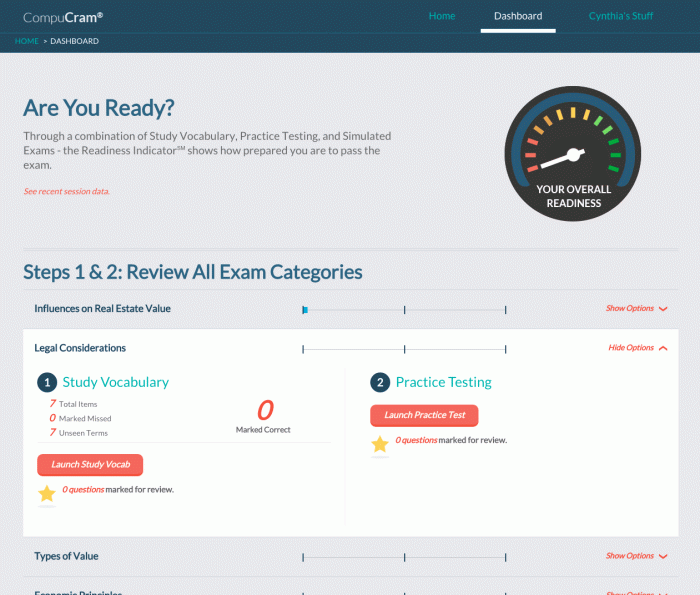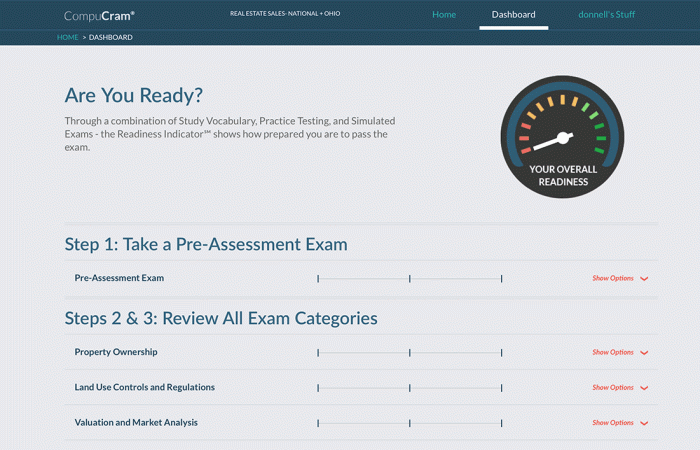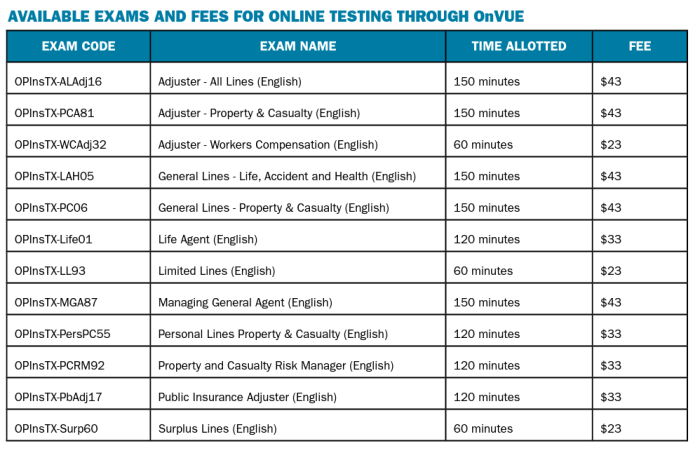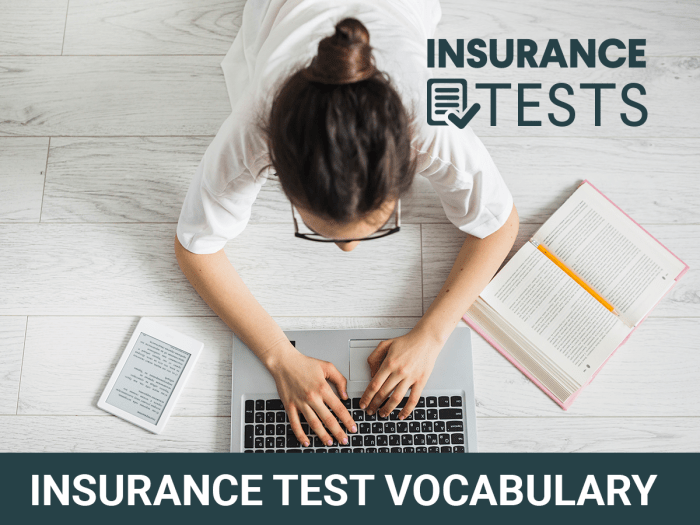Embark on a journey to conquer the Texas Life and Health Insurance Exam with confidence! This comprehensive guide unveils proven strategies, study resources, and expert tips to help you ace the exam and unlock your path to a successful career in the insurance industry.
Dive into the intricacies of the exam structure, explore effective study methods, and discover the secrets to time management on exam day. Whether you’re a seasoned professional seeking to expand your knowledge or a newcomer eager to enter the insurance realm, this guide will equip you with the tools and insights you need to excel.
With a clear understanding of the exam’s format, recommended study materials, and time-tested preparation techniques, you’ll be well on your way to achieving your insurance goals. Let’s delve into the intricacies of the Texas Life and Health Insurance Exam and uncover the secrets to success.
Exam Overview

The Texas Life and Health Insurance Exam is a comprehensive evaluation of an individual’s knowledge and understanding of life and health insurance concepts and principles. It assesses the candidate’s ability to apply these principles to real-life scenarios and make informed decisions.
The exam consists of two sections: Life Insurance and Health Insurance. Each section comprises 50 multiple-choice questions, totaling 100 questions overall. Candidates are given three hours to complete the entire exam, with a time limit of 90 minutes for each section.
Exam Topics
The exam covers a wide range of topics, including:
- Life Insurance: Concepts and terminology, policy types, underwriting, risk assessment, premium calculations, policy provisions, claims settlement, and taxation.
- Health Insurance: Concepts and terminology, policy types, underwriting, risk assessment, premium calculations, policy provisions, claims settlement, and taxation.
Answering Multiple-Choice Questions

Confronting multiple-choice questions in the Texas Life and Health Insurance Exam demands a strategic approach. These questions test your understanding of insurance concepts, regulations, and practices. By following effective techniques, you can improve your chances of selecting the correct answers and achieving a successful outcome.
To begin, thoroughly read and comprehend the question stem. Identify the main point or issue being addressed. Then, carefully examine each answer choice, considering its relevance and accuracy in relation to the question stem. Begin by eliminating clearly incorrect or irrelevant choices, narrowing down your options.
Strategies for Eliminating Incorrect Answer Choices
- Identify Absolute Negatives: Watch out for absolute negatives like “never” or “always.” These are often incorrect because they rarely apply in real-world scenarios.
- Spot Vague or Ambiguous Statements: Be wary of vague or ambiguous answer choices. They may seem appealing but often lack substance or are misleading.
- Check for Grammatical Errors: Sometimes, incorrect answer choices contain grammatical errors. Pay attention to the wording and structure of each option.
Selecting the Best Answer
- Consider All Options: Don’t rush into choosing an answer. Evaluate all the remaining options carefully, even if you think you know the answer right away.
- Look for Supporting Evidence: Seek evidence within the question stem or other answer choices that support a particular answer. This can help you confirm the correctness of your choice.
- Trust Your Knowledge: Rely on your knowledge and understanding of insurance concepts and regulations. If an answer choice aligns with your understanding, it’s more likely to be correct.
Answering Essay Questions

Essay questions demand more than just a simple response; they require you to demonstrate your knowledge, critical thinking skills, and writing proficiency. Mastering the art of answering essay questions is essential for success on the Texas Life and Health Insurance Exam.
Structuring an Essay Response
When answering essay questions, organization is key. Start by reading the question carefully and identifying the main points it asks you to address. Then, structure your response into an introduction, body paragraphs, and conclusion.
- Introduction: Briefly introduce the topic and provide a clear thesis statement that Artikels the main points you will discuss in your response.
- Body Paragraphs: Each body paragraph should focus on one main idea or argument. Support your points with evidence from the course material, real-life examples, or industry regulations. Use clear and concise language, avoiding unnecessary jargon or filler words.
- Conclusion: Summarize the main points discussed in the body paragraphs and restate your thesis statement. Conclude with a final thought or observation that reinforces your argument.
Supporting Arguments with Evidence
To strengthen your arguments and demonstrate your knowledge, incorporate evidence to support your points. This can include:
- Course Material: Use concepts, theories, or examples from the course material that are relevant to the question.
- Real-Life Examples: Provide real-life scenarios or case studies that illustrate the concepts you are discussing.
- Industry Regulations: Cite relevant industry regulations, laws, or guidelines that support your arguments.
Using Proper Grammar and Avoiding Common Writing Errors
While content is crucial, proper grammar and writing skills are equally important. Ensure your response is free of grammatical errors, typos, and spelling mistakes. Use clear and concise language, avoiding unnecessary jargon or technical terms that may confuse the reader.
- Proofread: Before submitting your response, proofread it carefully for any errors. This will help you identify and correct any mistakes before they affect your grade.
- Use Simple Language: Avoid complex sentence structures and technical jargon. Use simple, clear language that is easy for the reader to understand.
- Be Concise: Stick to the point and avoid unnecessary details or rambling. Your response should be concise and focused on answering the question.
Common Mistakes to Avoid

To enhance your performance on the Texas Life and Health Insurance Exam, it’s crucial to identify and avoid common mistakes that can hinder your success. Understanding these pitfalls and implementing strategies to overcome them will significantly improve your chances of achieving a desirable outcome.
Misreading or Misinterpreting Questions
One prevalent mistake is misreading or misinterpreting questions. This can lead to incorrect answers and a waste of valuable time. To avoid this, read each question carefully and thoroughly, paying attention to every word and phrase. If a question seems ambiguous or unclear, don’t hesitate to seek clarification from the exam proctor.
Rushing Through the Exam
Time management is essential during the exam. However, rushing through questions in an attempt to finish quickly can result in careless mistakes. Allocate your time wisely, ensuring you have sufficient time to read, understand, and answer each question thoughtfully. Prioritize answering questions you’re confident about first, leaving more challenging ones for later.
Not Reviewing Answers
Once you’ve answered a question, don’t assume it’s correct and move on. Take a moment to review your answer, especially if you’re unsure about it. This quick review can help you identify any errors or misunderstandings, allowing you to make necessary corrections before the time runs out.
Ignoring Study Materials
Neglecting to study the provided study materials is a common mistake that can jeopardize your success. The study materials are designed to equip you with the knowledge and skills necessary to pass the exam. Make sure you thoroughly review all the materials, including textbooks, online resources, and practice exams.
This comprehensive preparation will increase your confidence and readiness for the actual exam.
Panicking During the Exam
Feeling anxious or overwhelmed during the exam is understandable, but panicking can be detrimental to your performance. If you find yourself feeling stressed, take a deep breath and remind yourself that you’re prepared and capable of passing the exam. Focus on one question at a time, and don’t dwell on questions you’re unsure about.
Stay calm, composed, and trust in your abilities.
Additional Tips for Success

Conquering the Texas Life and Health Insurance Exam demands more than just knowledge mastery; it also calls for a positive mindset, effective stress management, and unwavering motivation. Adopt these strategies to elevate your exam preparation and boost your chances of success.
Maintaining a Positive Attitude
Cultivate a positive outlook throughout your study journey. Believe in your ability to succeed, and don’t let setbacks or doubts deter you. Visualize yourself achieving your goal, and let that vision fuel your determination. Celebrate your progress, no matter how small, and acknowledge your strengths.
Remember, a positive attitude attracts positive outcomes.
Managing Stress and Anxiety
Recognize that it’s normal to feel anxious before and during the exam. Embrace these feelings as a sign of your dedication to the task at hand. To effectively manage stress, practice relaxation techniques such as deep breathing exercises, meditation, or yoga.
Engage in activities that bring you joy and help you unwind. Prioritize self-care, including adequate sleep, nutritious meals, and regular exercise. A healthy mind and body are essential for optimal exam performance.
Success Stories
Find inspiration and motivation in the stories of those who have successfully navigated the Texas Life and Health Insurance Exam. Seek out testimonials, interviews, or online forums where individuals share their experiences, challenges, and strategies for overcoming them. Learning from others’ successes can boost your confidence and remind you that achieving your goal is within reach.
Conclusion

To summarize, the Texas Life and Health Insurance Exam requires thorough preparation and adherence to the tips provided in this article to enhance your chances of success. By understanding the exam format, answering multiple-choice and essay questions effectively, and avoiding common mistakes, you can increase your confidence and performance on the exam day.
Remember, dedication and persistence are key to achieving your goals. Take action now and start preparing for the exam with a well-structured study plan. Your hard work and commitment will pay off as you embark on a rewarding career in the insurance industry.
Last Recap

As you embark on your journey towards exam success, remember that consistency, dedication, and a positive mindset are your greatest allies. Embrace the challenge, trust in your abilities, and never lose sight of your aspirations. With unwavering determination and the guidance provided in this comprehensive guide, you’ll conquer the Texas Life and Health Insurance Exam and open doors to a world of opportunities in the insurance industry.
Seize this moment and take the first step towards your brighter future.
FAQs
Q: What is the recommended study duration for the Texas Life and Health Insurance Exam?
A: While the ideal study duration varies based on individual learning styles and prior knowledge, dedicating approximately 100-120 hours of focused study is generally recommended to ensure thorough preparation.
Q: Can I pass the exam by relying solely on practice exams?
A: While practice exams are an invaluable tool for familiarizing yourself with the exam format and testing your knowledge, they should not be your sole source of preparation. Make sure to cover the entire syllabus and utilize a variety of study resources to gain a comprehensive understanding of the subject matter.
Q: How can I manage my time effectively during the exam?
A: Time management is crucial for exam success. Allocate a specific amount of time to each section and question, ensuring you don’t spend too much time on any single question. If you find yourself stuck, move on and revisit the question later if time permits.
Q: What is the best approach to answering multiple-choice questions?
A: When tackling multiple-choice questions, begin by eliminating clearly incorrect answer choices. Carefully read the remaining options and select the one that most accurately and completely answers the question. Avoid making assumptions or reading too much into the question.
Q: How can I improve my essay writing skills for the exam?
A: Practice writing essays on various topics related to life and health insurance. Focus on structuring your responses logically, supporting your arguments with evidence, and using clear and concise language. Ensure your essays are well-organized and free of grammatical errors.



